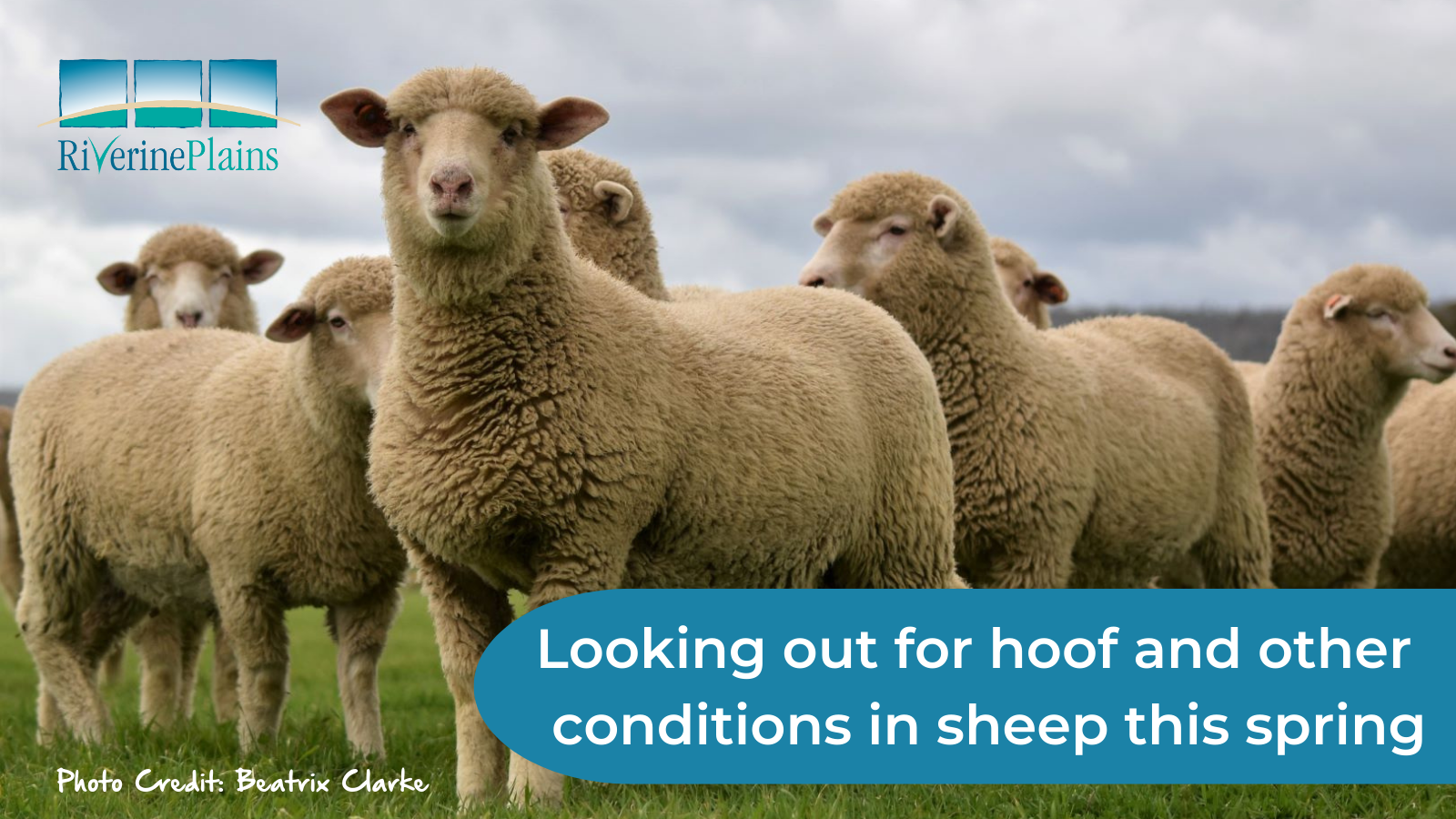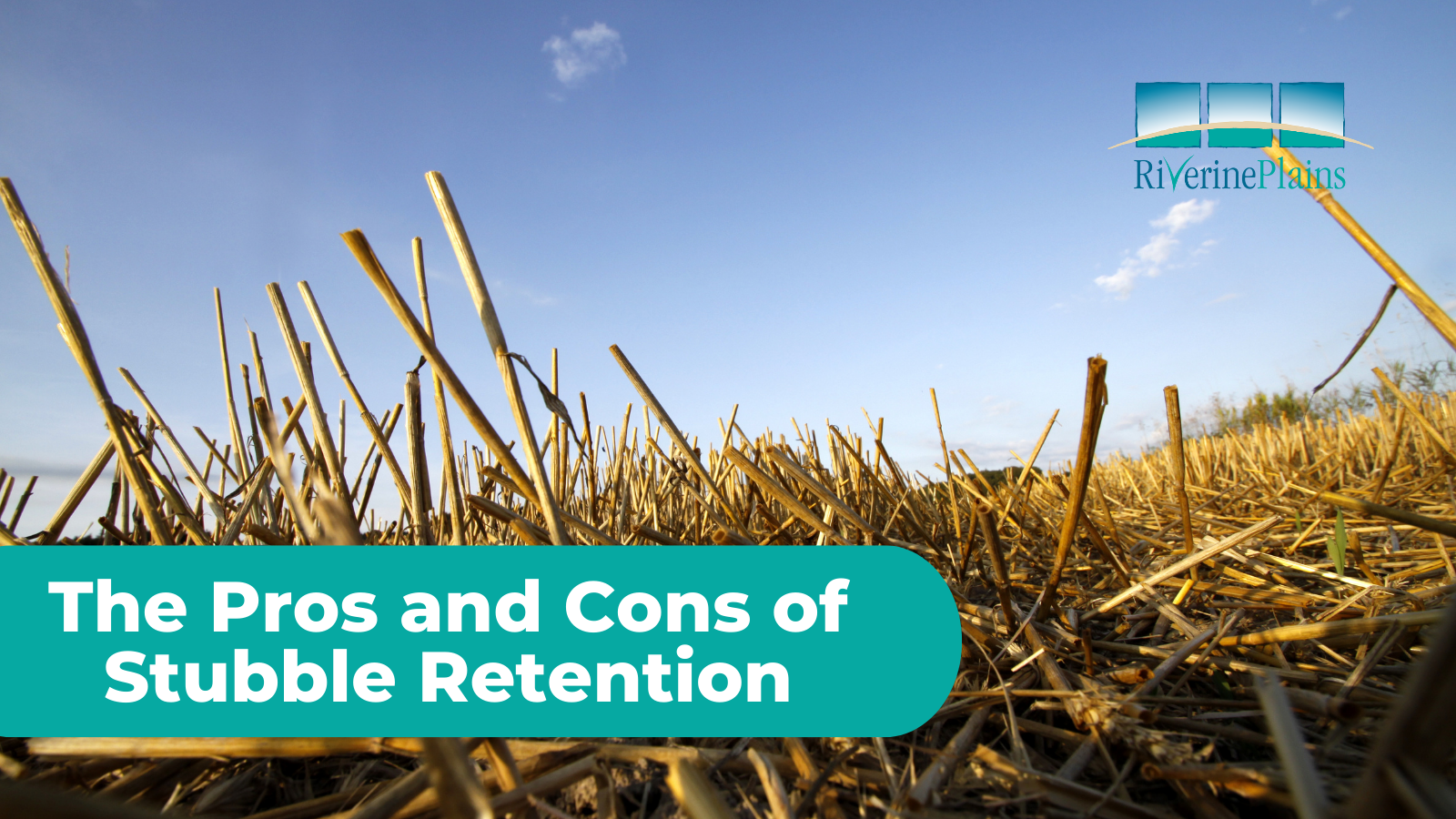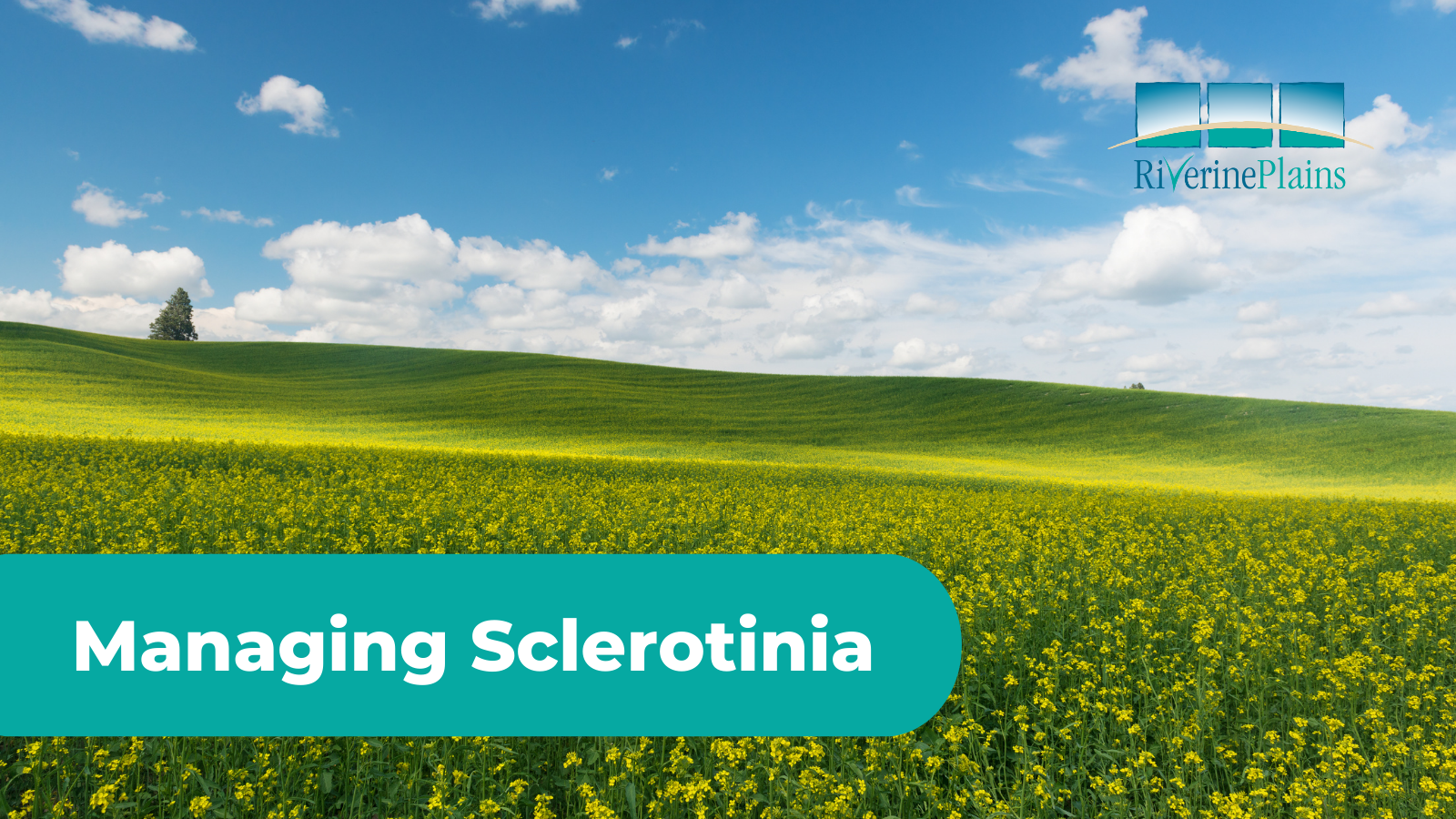Managing hoof and other issues in sheep this spring
Key Messages
- Monitor sheep for foot problems & try to move affected sheep to a dry area to allow feet to recover,
- Look for signs of skin and insect borne diseases, dehydration and other illnesses,
- Isolate newly arrived sheep to prevent the introduction of diseases or parasites.




